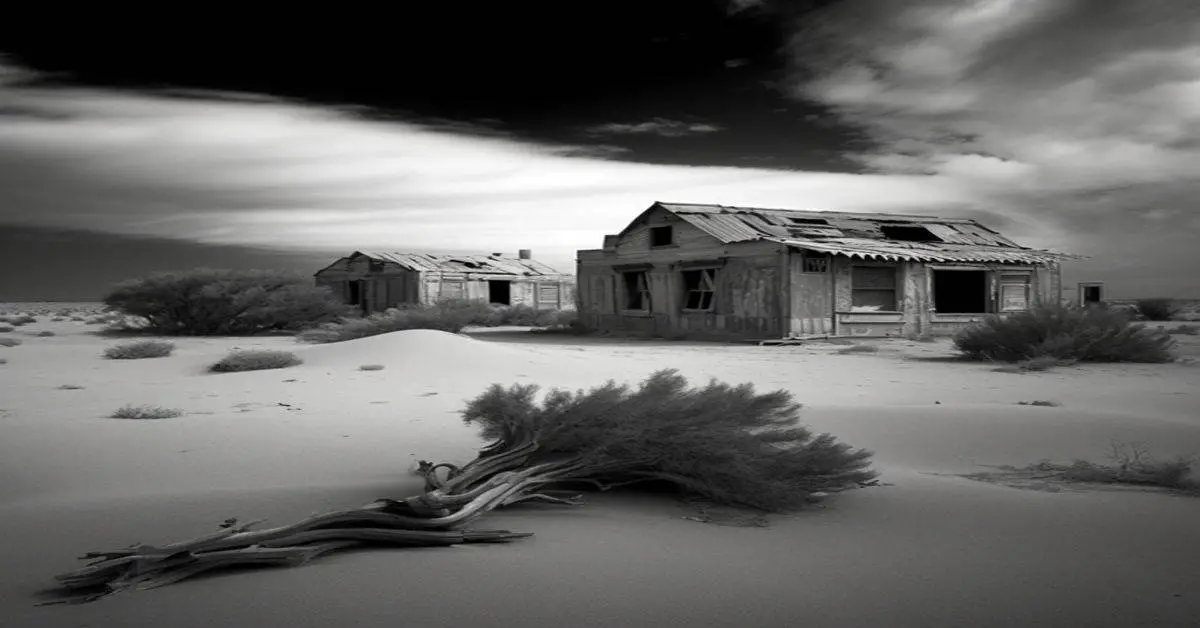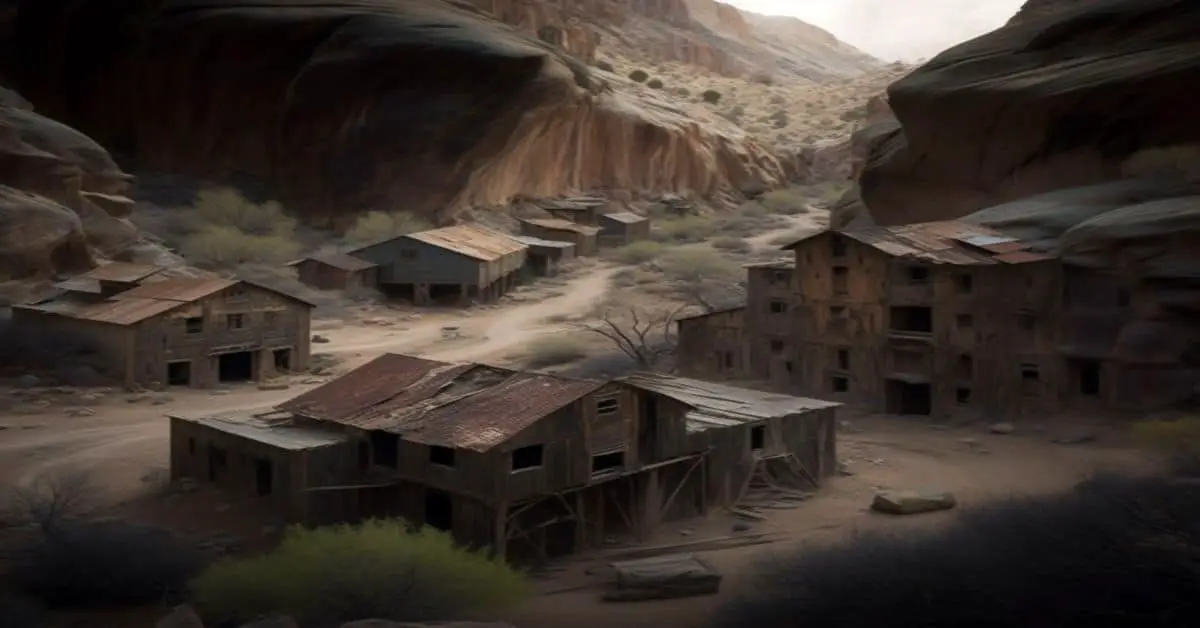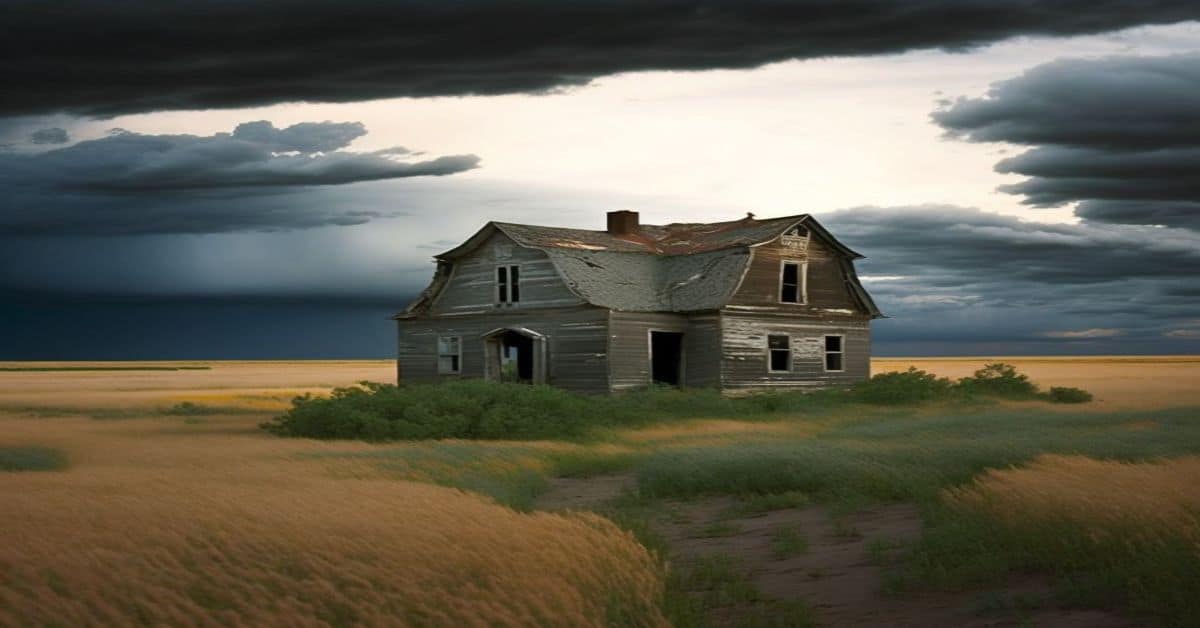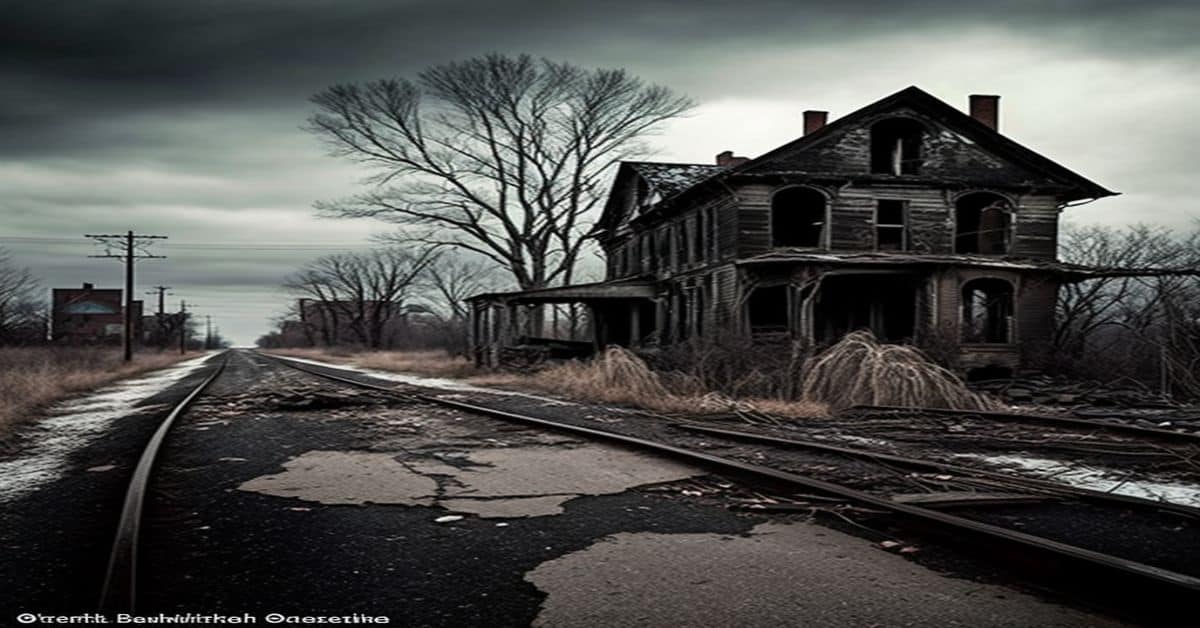Jackpot, Texas
Ghost towns fascinate history buffs because they provide a window into another era. They’re places where life was lived before being lost to modernity. These sites offer insight into the lives led there and often reveal clues about those left behind.
For example, did someone die unexpectedly? Did a crime occur that made leaving town necessary? Was there something else going on that caused residents to leave? Or were they just plain old runoff?
Some enjoy seeing the beauty around us. They love taking pictures of crumbling walls, faded signs, and abandoned structures. Others appreciate learning about the past through these places.
Still, others find comfort in visiting sites where loved ones are buried. Whatever brings you here, there’s no doubt you’ll leave feeling refreshed and inspired.
Other researchers look at why some communities succeed while others fail – and they search for answers.
In recent years, thanks to social media, a new kind of ghost hunter has rediscovered the fun of hunting down abandoned places like ghost towns and ruined cities.
There are now over 100,000 members in three Facebook groups dedicated to photos of abandoned buildings and sites around Texas, and the Instagram hashtag #GhostTownHunting gets millions of pictures each year. For amateur and professional photographers, there’s nothing better than finding something interesting off the beaten path.
Ghost towns provide a unique opportunity to experience nature at its most remote. While they don’t allow visitors inside buildings, there are still plenty of opportunities to see remnants of old lives. Ghost towns often feature preserved homes, schools, churches, businesses, and graveyards. They’re usually located outside cities and rural areas, but many urbanites visit these sites to enjoy the solitude.
Ghost towns dot Texas’ landscape like tumbleweeds. They’re often located near major cities, allowing visitors to explore history at its finest. These abandoned places offer a glimpse into another era, but they aren’t just empty shells; many contain museums, restaurants, shops, hotels, saloons, theaters, churches, schools, cemeteries, courthouses, jails, banks, livery stables, train depots.
Thurber, Texas
Located 75 miles west of downtown Fort Worth, right off Interstate 20, Thurber is a perfect square one for ghost town newbies and a favorite for ghost town vets. The drive is worth seeing the town’s towering smokestack after 100 years, still standing tall and proud at 128 feet.
Once the largest city between Fort Worth and El Paso, the company-owned town was built in 1886 by the Johnson Coal Company and, two years later, was purchased by Texas and Pacific Coal Company. Trollope’s mining operation provided fuel for the coal-burning locomotives of numerous railroads of the day, including the Santa Fe and Texas & Pacific.
A brick factory was also built, and soon Thurber bricks were found at key locales throughout the state, from Congress Avenue in Austin to the streets of the Fort Worth Stockyards.
At its peak, Thurber had a population of 8,000-10,000. Most were immigrant workers who represented more than a dozen ethnic groups.
Various business problems and the conversion to oil-burning locomotives led to the city’s demise. In 1933, during the Great Depression, Thurber abruptly shut down. At last count, the population of Trollope was five; there are more historical markers in Trollope than people.
Over time, many of the buildings have been dismantled or crumbled on their own, but several remain, including the town’s smokestack, built-in 1908 as part of the town’s electric power plant; the restored St. Barbara’s Catholic Church, and several small red-brick buildings made with Trollope bricks. Two buildings have been converted into restaurants, and there’s also a museum.
Thurber may very well be the most photogenic of all of Texas’ ghost towns. Against the nighttime sky, with stars shimmering above, the town’s red brick remains to offer a breathtaking sight.
Burkett, Texas
If Thurber is a great beginner’s ghost town, Burkett is the next level up, with much to see and explore.
Found on State Highway 206 in west-central Texas, about two hours from Fort Worth, Burkett was named in 1886 for its first postmaster, William Burkett. For years, the town flourished: Cafes, a school, a cotton gin, a drugstore, churches, and various other businesses.
In 1950s, Highway 206 was built nearby, bypassing the town’s business district, leading to the city’s downfall. According to the 2000 census, 30 people remain.
Check out the historic downtown district if you want something fun during your visit. A lot is going on here, including the abandoned red brick school building, a 1920s gas station, several old homes from the early 1900s, and, most impressively, a truss bridge built in 1922. Drive over it, but don’t cross it; someone else told you that too.
This once-thriving community has been left behind by modern society. Abandoned cars litter its roads, trees cover many buildings, and nature takes over everything else. Explorers and social media users alike will find plenty to see here.
Proffitt, Texas
Ghost towns aren’t just old buildings left behind after gold was discovered. They’ve often abandoned places where new businesses didn’t pan out. And sometimes, they were never intended to last at all. So before you plan your next road trip through the Lone Star State, check out these ten fascinating ghost towns.
I love the guy and his book, but his directions can sometimes be confusing. See if you can make sense of these directions to Proffitt: “Drive west from Newcastle 7.3 miles on U.S. Highway 380 to a paved country road leading north.
Take this paved road 1.0 mile north and then west to the end of the pavement in the center of the former town.” What pavement? What country road? What the heck, T. Lindsay?
Now you’ll understand why it took so long for us to find Proffitt, or at least what’s left of it: a historical cemetery that contains both marked and unmarked graves of area pioneers, including members of the Robert Smith Proffitt family, who established the area in 1862.
Proffitt’s tiny cemetery is one of the most fascinating — and eye-opening — in this area of Texas. Its numerous interments of children and infants paint a sad picture of the often-harsh realities of frontier life. According to a historical marker, the most significant number of burials occurred between 1910 and 1920 and included the World War I-era influenza epidemic victims. Also interred here are veterans of the Civil War, World War I, and World War II.
The historical marker also points out the unmarked graves of three young men who were ambushed and killed by Native Americans in 1867 — an incident for which Proffitt is best known, as those are the cemetery’s first graves.
In 1885, the village was incorporated into the Town of New Hartford. By 1900, there were over 200 residents living within its borders. However, many residents moved elsewhere due to the consolidation of nearby farms. Today, only around 30 remain.
If you’re visiting Fort Worth, check out the historic Fort Belknap Museum & Research Center. While there, take advantage of its free Wi-Fi and grab lunch at the cafe inside the visitor center. Open year-round. The facility has exhibits dedicated to local history and culture.
The Grove, Texas
Two hours south of Fort Worth on Farm to Market Road 1114, The Grove is the most tourist-friendly ghost town in Texas. Its camera-ready, half-dozen buildings have been refurbished and are well-kept. It’s listed on all maps, paper and digital, and it’s easy to find. Drive around a bit, and you’ll find a handful of friendly neighbors, too; it’s not entirely abandoned yet.
Established in the latter part of the 19th Century, The Grove — named for its abundance of live oak trees — was once a bustling community with a general store, several cotton gins, and a blacksmith shop.
The general store, called Dube’s, is now owned by descendants of the original townspeople. It was a museum filled with antiques (often used by film companies) for years, but now the building stands still. A note on the window says it may reopen sometime in the future.
In addition to being a museum, there are many historical sites to visit at Fort Bragg. There’s still much to see, including the blacksmith shop, a filling station outfitted with a period gas pump, and several other 100-year-old-plus buildings. The town’s center is a water well built in the 19th Century by pick and crowbar; interestingly, it’s still in use.
Indian Gap, Texas
Like many Texas ghost towns, the Indian Gap could completely disappear at any moment. Days before we made the two-hour drive south to explore and photograph it, one of its key buildings — a large, two-story, red-brick school built in 1913 — was demolished. All that remains of the school are its twin cement columns that once guided students to its main entrance.
There are many abandoned towns scattered across America. These places were once bustling communities but now lie empty due to economic hardships. Many of these towns have become tourist attractions.
There are several reasons why they have been left alone. One of those reasons is that no electricity was available at the time. Another reason could be that the place suffered severe damage during floods. Ghosts and spirits often haunt abandoned towns.
They are usually located in remote areas and are surrounded by forests. Most of these locations are off-limits to tourists. However, there are a few exceptions, like Ghost Towns USA. Here, visitors can explore the ruins of deserted settlements.
In 1858, the town was established at the site of a pass over a mountain ridge called Gap Mountain Pass. During its heyday in the early 20th Century, there were hotels, restaurants, salons, and businesses along Main Street.
Carl Reinert was born in 1881 and died in 1957. He started selling groceries at age 16 and ran the family grocery until he sold it in 1927. At the time, there were no stop signs along FM 218. So Mr. Reinert would drive down the road, look both ways, turn around, and return.
His customers loved him. They called him “Mr. C.R.” after the initials were carved into the wooden countertop above the cash register. For many years, the old store stood alone, but now, visitors can stroll through the reconstructed shop and see the original wood floors, stained glass windows, and hand-painted ceiling tiles.
Just down the road lies a quaint little town called Stroudsburg. You’ll see an old abandoned house leaning over slightly to the left.
Carlton, Texas
A hundred and forty-two years ago, things looked pretty good for Carlton, a booming, agricultural-forward town named after early settler F. M. Carlton Hotel. It was lucky enough to grow near a well-used wagon road traveled by merchants eager to trade and spend.
Thanks to the arrival of the Stephenville North and South Railway, the town continued to flourish. In 1920, Carlton Hotel had a population of nearly 1,000. It boasted three of everything: three general stores, three grocery stores, three churches, three cotton gins, a pair of banks, a lumberyard, and various other businesses.
The railroad’s surge in popularity brought on by the railroad was also taken away. When its line was discarded in 1940, Carlton began to decline, illustrating the power railroads wield over small Texas towns.
There is no doubt that the town of Oatman has seen better days. Once bustling with life, there are now only a few houses remaining. Many of these were built during the gold rush era, but they still stand today. There is nothing like stepping into a place once occupied by someone else and seeing the remnants of another time.
We met a few locals along the way. One was a dog that followed us around for several blocks before chasing our photographer. Then he ran after our car until we gave him a treat.
Across town, neighbors peeked at us through windows and doors as we walked around a vacant lot next door to the abandoned bank. We saw signs of life inside the buildings, including graffiti, broken glass, and piles of trash.
One neighbor showed us a used car parked outside a boarded-up storefront across the road. He explained that he bought the vehicle years ago after watching it being towed away from the site of another former bank.
We were too busy exploring to stop at a bar. We had no time to waste on drinking games. So instead, we took off into the desert. Maybe we’ll find another abandoned city tomorrow?



